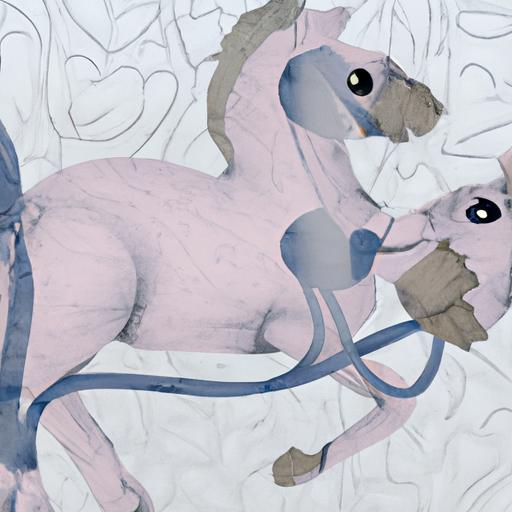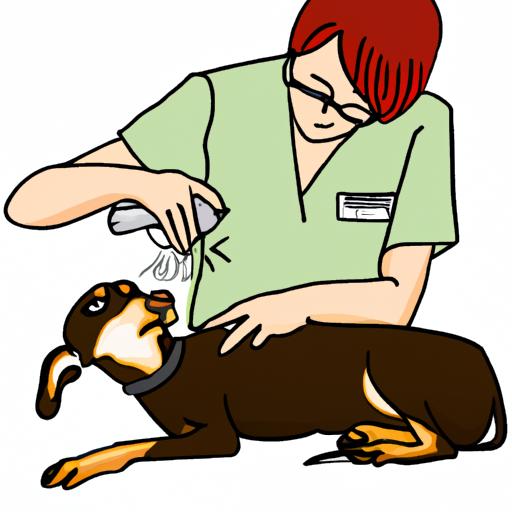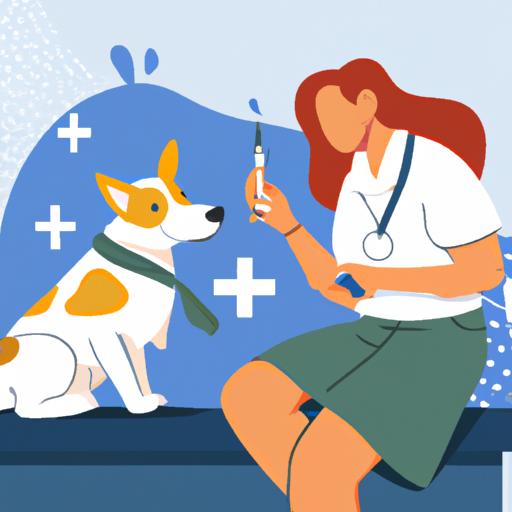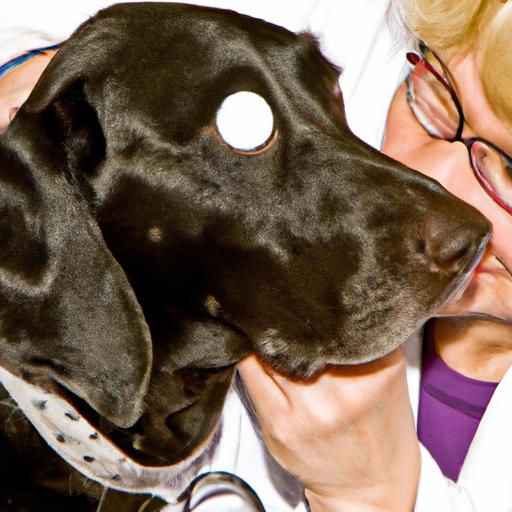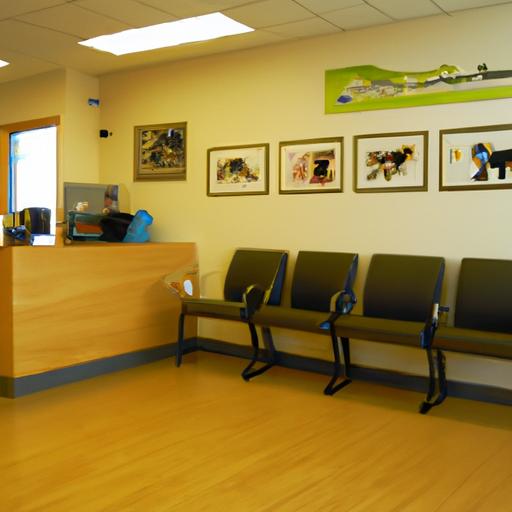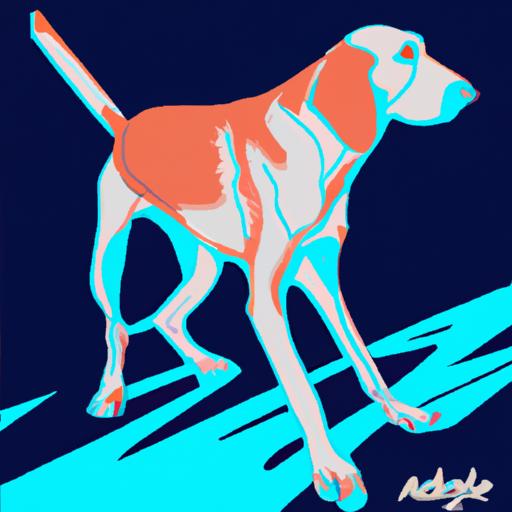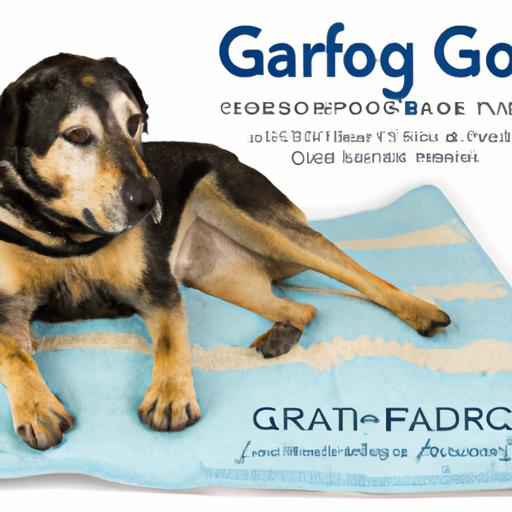
Recognizing Signs of Canine Degenerative Joint Disease
Discover how to identify the signs of Canine Degenerative Joint Disease in dogs. Learn to recognize symptoms and provide early intervention for your furry friend’s well-being.
Introduction
Canine Degenerative Joint Disease is a common condition that affects dogs as they age. Just like humans, dogs can experience joint problems, leading to pain and decreased mobility. It is crucial for dog owners to recognize the early signs of this disease to provide proper care and improve their furry friend’s quality of life.
Recognizing Signs of Canine Degenerative Joint Disease
When it comes to identifying Canine Degenerative Joint Disease, understanding the symptoms is essential. Keep an eye out for the following signs that may indicate your dog is suffering from this condition:
- Limping or lameness: If you notice your dog favoring one leg or having difficulty putting weight on a particular limb, it could be a sign of joint disease.
- Decreased activity levels: Dogs affected by joint disease may become less interested in physical activities they once enjoyed. They may seem lethargic or unwilling to participate in exercise.
- Difficulty in getting up or lying down: Struggling to rise from a resting position or experiencing discomfort when lying down can be indications of joint problems.
- Stiffness and reluctance to move: Dogs with joint disease may exhibit stiffness, especially after long periods of rest or inactivity. They may be hesitant to jump, run, or climb stairs.
- Swelling or inflammation: Observe your dog’s joints for any signs of swelling, redness, or increased warmth. These symptoms can be indicative of joint disease.
- Behavioral changes: Notice any alterations in your dog’s behavior, such as increased irritability, aggression, or withdrawal. Joint pain can lead to changes in temperament.
Apart from specific symptoms, it’s important to observe changes in your dog’s gait and mobility. Are they struggling to walk smoothly or experiencing any abnormal movements? Pay attention to their posture and body language as well. Dogs with joint disease often exhibit a hunched back or a reluctance to put weight on certain limbs.
FAQ (Frequently Asked Questions)
Here are some common questions dog owners have about Canine Degenerative Joint Disease:
Q: What causes Canine Degenerative Joint Disease?
A: Canine Degenerative Joint Disease can be caused by various factors such as genetics, obesity, previous injuries, or simply the natural aging process. Large dog breeds are more prone to this condition due to the additional stress placed on their joints.
Q: Are certain breeds more prone to this condition?
A: Yes, certain breeds, such as Golden Retrievers, Labrador Retrievers, German Shepherds, and Rottweilers, are more susceptible to Canine Degenerative Joint Disease. However, it can affect dogs of any breed or size.
Q: Can it be prevented or slowed down?
A: While it may not be preventable, certain measures can help slow down the progression of joint disease. Maintaining a healthy weight, providing regular exercise, and incorporating joint-supporting supplements into your dog’s diet can all contribute to minimizing the impact of the disease.
Q: How is Canine Degenerative Joint Disease diagnosed?
A: A veterinarian will perform a thorough physical examination and may also recommend X-rays or other imaging tests to evaluate the condition of your dog’s joints. Blood tests can help rule out other potential causes of joint pain.
Q: What treatment options are available?
A: Treatment options for Canine Degenerative Joint Disease may include medication for pain management, physical therapy, weight management programs, and, in severe cases, surgical intervention. Your veterinarian will provide guidance based on the specific needs of your dog.
Q: How can I help alleviate my dog’s pain and improve their quality of life?
A: There are several ways you can help your dog cope with joint disease. Providing a comfortable living environment with soft bedding, gentle exercise routines, and a balanced diet can significantly alleviate their pain and improve their overall well-being. Consult with your veterinarian to explore additional options such as supplements or alternative therapies.
Conclusion
Recognizing the signs of Canine Degenerative Joint Disease is crucial for early intervention and improving your dog’s quality of life. By staying vigilant and observing any changes in your dog’s behavior, mobility, and posture, you can ensure timely care and support. Remember, regular veterinary check-ups are essential for early detection and effective management of this condition. With proper care, love, and attention, you can help your furry friend lead a comfortable and active life, even with joint disease.
So, keep an eye out for those subtle signs, provide the care they need, and let your dog enjoy their golden years with a spring in their step!


